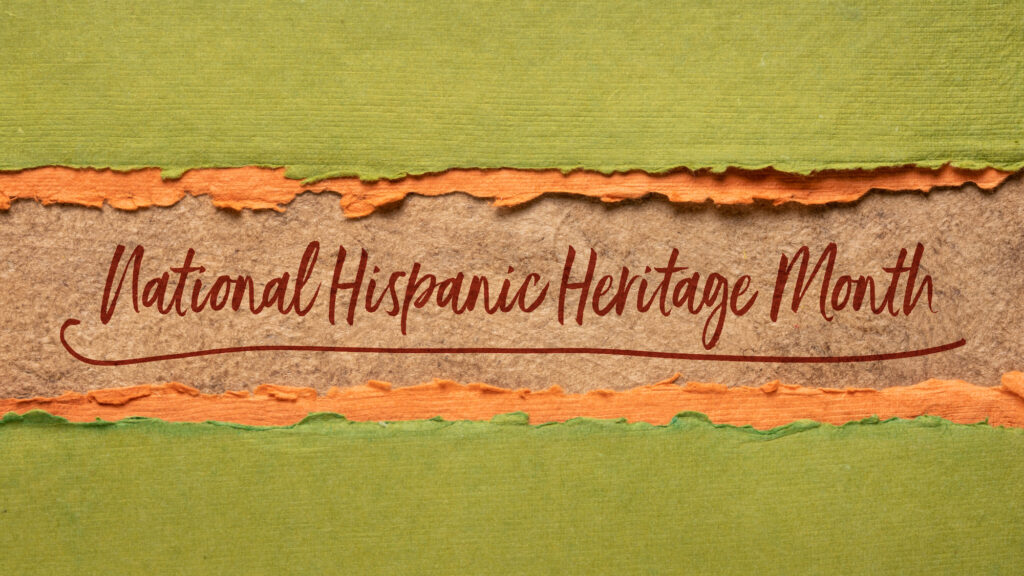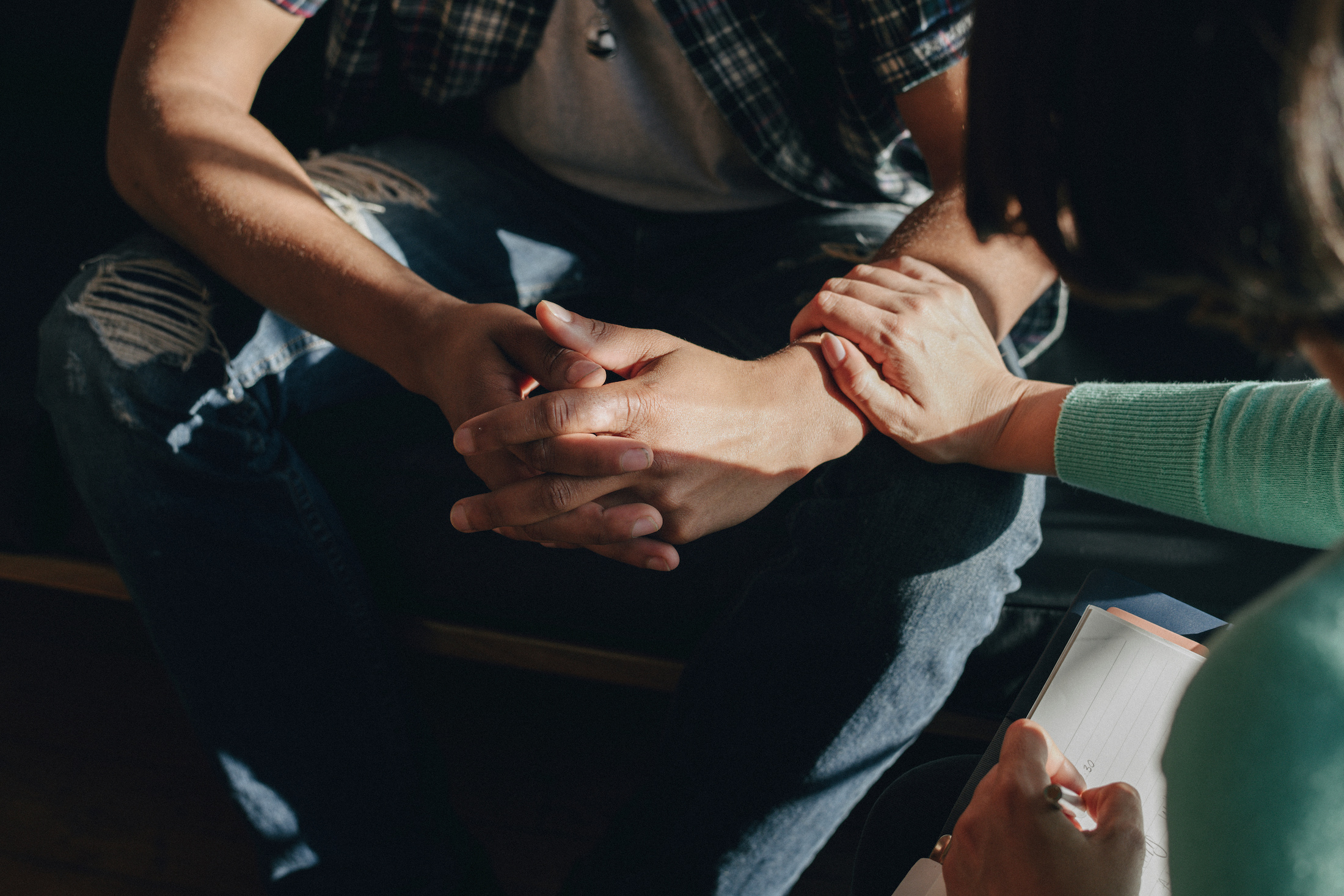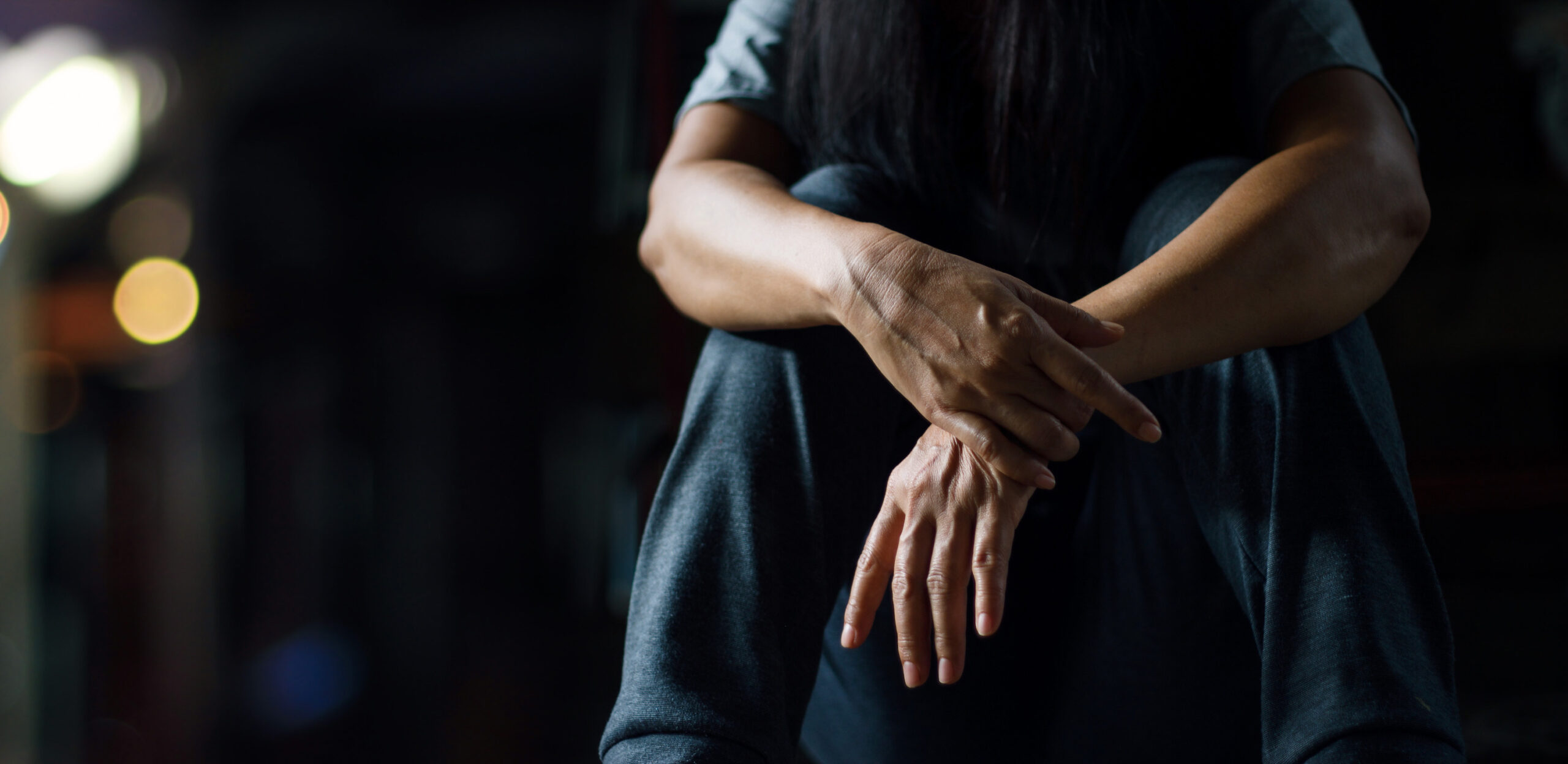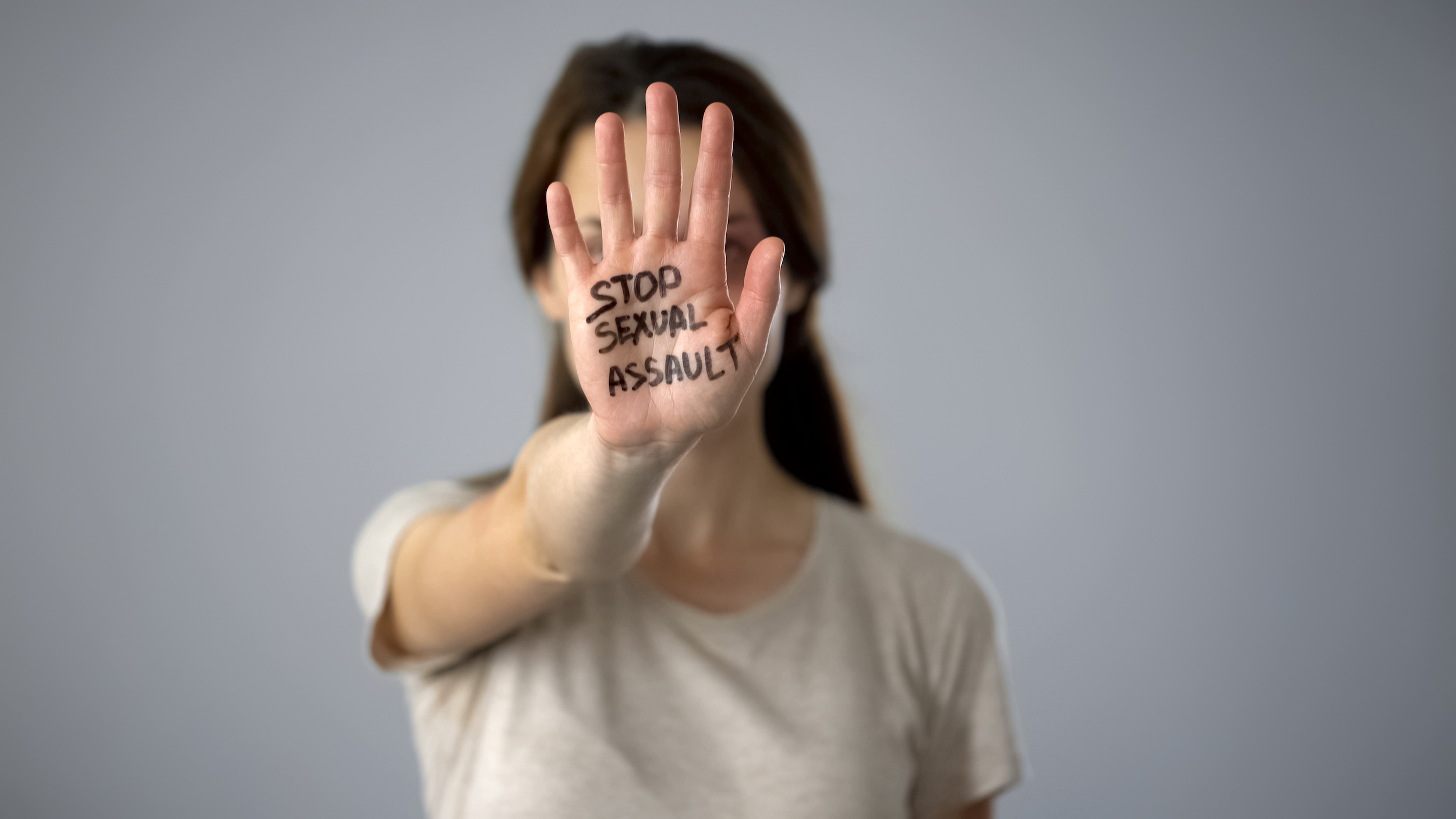Article written by: Kristy Navarro, LICSW, Clinical Liaison/Coordinator, Golden Years Behavioral Health Group
When we hear the words sexual assault or rape, many people envision the unknown person waiting in the bushes, ready to pounce on their unsuspecting prey. While those scenarios happen, they are the most uncommon form of sexual assault. Most sexual assaults are committed by someone the person knows and cares for in a place that is usually familiar to them. Sexual assault is not about intimacy, and it is about power and control.
Let’s take a minute to define sexual assault and embrace a common understanding of what sexual assault is. In the simplest terms, sexual assault is any act of sexual violation where there is no consent. To have a better understanding, we can take a walk-through consent.
The willing participation in an act describes consent; making consent involves choice. Consent can only occur in an environment free of intimidation, manipulation, and fear, known as coercion. There are some places where consent cannot occur, and these are if the individual is under the influence of alcohol or drugs or are under the legal age of consent. In Massachusetts, this age is 16 years old. Therefore, sexual activity with an individual 15 years old or younger is not consensual. Very importantly, the absence of “No” does not equal consent.
Because consent involves choice, an individual should feel free to have one. When the answer provided is “No,” it is not a secret code for “convince me,” “talk me into it,” or “I’m teasing you.” Some may engage in sexual activities, reluctantly and with discomfort, completely aware that they do not want to do it and feel powerless or too scared to resist. This is why constant check-ins with your partner will ensure you actively and consensually engage in any sexual act.
Why are we talking about sexual assault? Because it can happen to anyone regardless of age, race, national origin, gender, and socioeconomic status. According to the Rape and Incest National Network (RAINN, 2023), every 68 seconds, someone in the United States is sexually assaulted. To share some more numbers, the National Sexual Assault Resource Center (NSARC, 2023) shares that 1in 5 women have experienced a form of sexual assault in their lifetime. Of these women, 51.1% were assaulted by an intimate partner and 40.8% by an acquaintance. Nearly 25% of males in the US have experienced some form of sexual assault in their lifetime. According to RAINN (2023), 21% of transgender, genderqueer, and gender nonconforming students have been sexually assaulted. Keeping these statistics in mind, this is only a snapshot of how often sexual assault occurs as some individuals have had the experience and have not shared it with anyone; therefore, they are not counted above.
There are so many reasons someone may not share their experience of sexual assault. One of these reasons is out of fear. There may have been threats or insinuations that make them fearful of telling anyone or giving them the feeling that they are protecting others by not talking about it. They may also fear that they will not be believed. If there is no one else around to witness, and usually there is not, it then becomes a “he said, she said” situation, and the survivor knows that all their personal and past information could be on display for all to see.
They may feel that because they are not “acting like someone who was assaulted,” they will not be believed. The truth is that there is no one way to act or respond after a sexual assault. Everyone reacts differently. Some may present as calm, while others are hysterical; some may need to talk about it, while others feel they need to try to block out the thoughts; some may have difficulties engaging in sexual activities, while others start to engage in risky sexual behaviors. There may also be feelings of shock and disbelief, difficulties concentrating, nightmares, feelings of no longer having control over their lives, intrusive thoughts regarding the assault, fear, and anger. These feelings are valid and a “normal” way to respond after a sexual assault.
Another reason someone may not report is that they may be unsure if they were sexually assaulted. Not all sexual assaults involve extreme physical violence. Instead, manipulation, intimidation, or coercion is used to get someone to comply. This may include name calling, guilt trips, breaking up, and/or demanding they prove their feeling for them in the form of a sexual act. These tactics apply pressure to break down the person’s resistance level. When there is no overt physical violence, it may be harder to recognize the act as an assault. As mentioned prior, most assaults are perpetrated by someone the person knows and cares for, and this plays a piece here as well because they have a hard time understanding why someone they care for and cares for them would hurt them in this way. Sexual assault is a violation of trust that leaves the survivor confused.
Some survivors might feel responsible for the assault, ashamed, and/or guilty. They may feel guilty that they were unable to stop the assault. They may feel as though they provoked it in some way. Others may ask them, ” What did you do to provoke it? How were you dressed? Why were you alone? Were you flirting with them? Are you sure that happened? Etc. There are many who may believe that people “cry rape” as a form of manipulation to get back at someone. However, false reports are rare and occur less than you might think. These victim-blaming questions do not help and only exacerbate the feelings of guilt and make it hard for the person to recover from the assault. The fact is, no one asks to be sexually assaulted. There is nothing that someone can do or a way they can present that makes them deserve this type of violation.
Sexual assault is a problem that goes back many years. Historically it has been accepted in a society that has created these attitudes that allow sexual assault to occur today. We have seen the statistics that show this can affect all of us. We know that sexual assault goes unreported at an alarming rate for many reasons. Sexual assault is such an intrusive violation that it leaves many scarred. The reality is no one asks to be assaulted, and the only one to blame here is the person who did the assault. Why talk about sexual assault? Because no one does. The more we talk about it, the more we learn and can create change and a safe space for everyone affected.
If you or someone you love has been affected by sexual assault, there is support. Please contact RAINN’s National Sexual Assault Hotline at 800-656-HOPE (4673) for support.
References
Statistics. National Sexual Violence Resource Center. (n.d.). Retrieved March 14, 2023, from https://www.nsvrc.org/statistics
Victims of sexual violence: Statistics. RAINN. (n.d.). Retrieved March 15, 2023, from https://www.rainn.org/statistics/victims-sexual-violence










